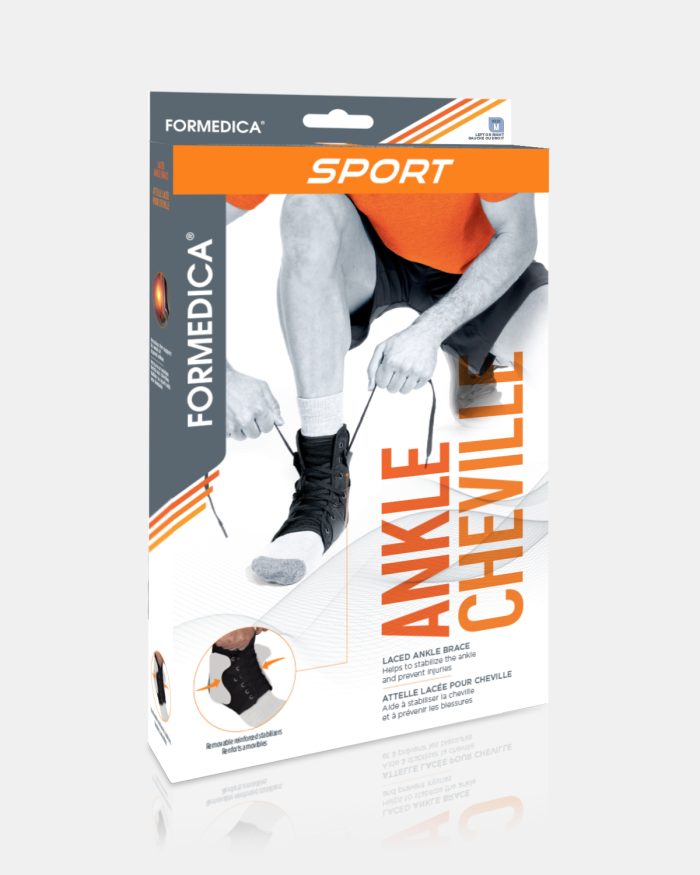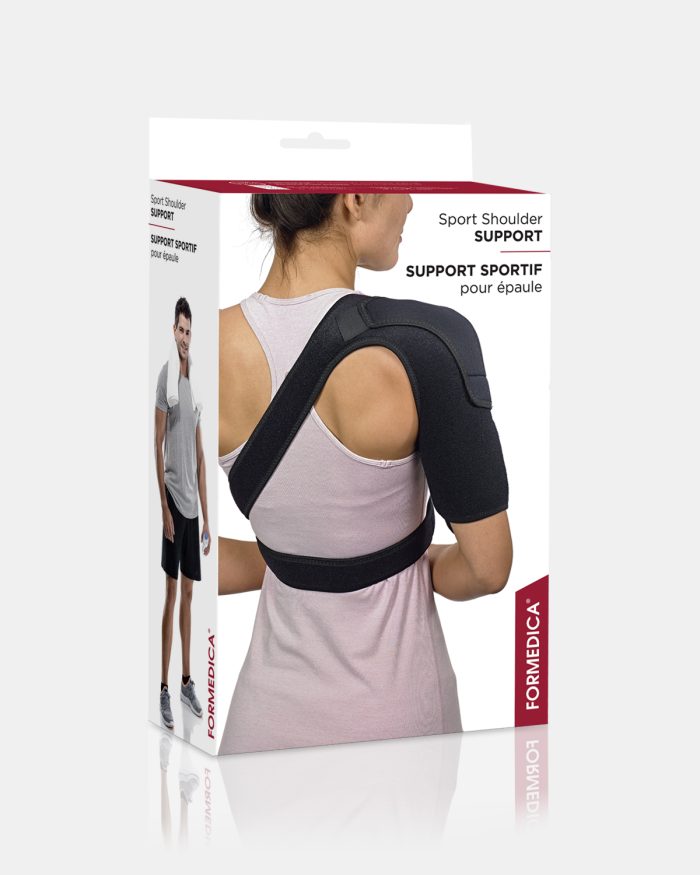The arrival of technology was supposed to deliver us from the vicissitudes of bureaucracy. We thought the Machine would take care of the calls, compile the data, add up the figures, and perform all other constraining tasks, leaving us free to wander and play as we wished. However, the tools are mobile, and so we sit staring at a screen most of our waking hours. Thanks to telecommuting, data comes to us and we remain sedentary, trading our pantyhose and business suit for flannel PJ’s. The only body parts still moving are our eyes, fingers and gray matter. In this context pain is a cry for help from our neglected body.
The results of the study entitled: L’Enquête québécoise sur des conditions de travail, d’emploi, et de santé et de sécurité du travail (EQCOTESST 2007-2008) indicate that in the 12 months preceding the study, 25% of female workers and 16% of male workers reported musculoskeletal pain not caused by a trauma, which they blame totally or partially on their main occupation. Also, there has been an increase in medical consultations and insurance claims due to musculoskeletal work-related pain, namely back pain and upper body pain. Since most people don’t even know how much stress they inflict on their joints and muscles on a daily basis, we’ve prepared some examples of common musculoskeletal injuries in the computer era, and how to treat them.
Ways to guarantee some excruciating pain
Pain and muscular strain are due to stress applied to muscles, tendons, ligaments and nerves during day-to-day activities. There are several culprits for this condition:
Repetitive movements
When we continually use the same parts of the body (for example, using a keyboard all day) with hardly a break, musculoskeletal pain is almost inevitable, even if the movements are low impact and our posture is good.
Excessive force on certain joints
Certain movements require an effort from certain muscle groups, which in turn is transmitted to different parts of the body. When work involves repetitive movements, the recuperation period should be proportional to the exerted force, but it rarely is. Therefore, we tire more easily.
Bad posture
Bad posture can cause musculoskeletal trauma in two ways: first, tasks requiring repetitive movements strain the wrist, elbow, or shoulder to its extreme limit. This is usually due to workstations that are not ergonomic or by inadequate tools. Secondly, work that immobilises the neck/shoulder muscles requires a sustained effort to maintain a certain position. Muscle contraction constricts blood vessels. Therefore, blood no longer irrigates the hand muscles. As a result, the neck and shoulder muscles tire, and become painful. This is a vicious circle, as less blood in the hands also accelerates the neck and shoulder pain.
Job-related stress
Stress + a negative perception of the work environment = musculoskeletal trauma. The more stressed, the more contracted we are. The combination and interaction of these factors create the injury.
The nominees for Musculoskeletal trauma are:
Among the most common culprits of MSLTT due to work practises that require a doctor’s consultation, we present:
Lumbago
Lumbago (lower back pain) is the most common type of back pain reported by workers. It usually occurs when muscles, ligaments and joints in the lumbar regions don’t move in the proper way or because they are solicited by rigorous movements. Also, bad posture that doesn’t respect the natural curve of our spine can weaken muscles and with time, result in considerable pain.
Carpal tunnel syndrome
Carpal tunnel syndrome is due to the compression of a nerve that runs between the wrist and the hand, right above the wrist. This canal begins to tighten, which in turn compresses the nerve and results in inflammation.
Never use your wrists without forearm support when working on a computer, as this leads to carpal tunnel tension and injury.
Trapeze syndrome
Trapeze syndrome is a lesion of cervical muscles resulting in considerable pain, sensitivity to pressure, stiffness and even a blocking of the neck. Headaches often go hand in hand with this condition. It can be caused by repetitive hand movements, or a prolonged position. Overwork and lack of time also contribute to high muscle tension in the nap of the neck.
Restoral plan : to restore maximal mobility and productivity
Set up your computer properly
Ideally, there should be a distance of 50 to 70 cm between you and your screen. Stretch out your arm: the tips of your fingers should barely touch the screen. The top of a normal sized the screen should be at eye level.
Make sure you’re sitting comfortably
Choose a comfortable chair and sit back to the maximum, knees on the same level as hips. You can also use an orthopedic cushion to support your lower back. Feet should touch the ground to avoid the weight of your legs on your thighs. If you are short, use a foot rest.
Don’t forget to protect your wrists
Place your keyboard between 10 and 15 cm from the end of the table and try to keep your elbows at a 90 degree angle. Avoid bending your wrists when you type. Be aware that the larger the keyboard, the larger repetitive movements will be.
Choose a mouse adapted to the size of your hand and try not to tighten your hand on it. Place the documents you use most close to your computer to avoid awkward arm extensions.
Take regular breaks and use them to practice small exercise routines
During your breaks, try rotating your wrists. Stretch you back as if trying to reach the ceiling. Then rotate your head slowly and move your elbows. Above all, remember not to stay put in a sitting position during long periods without changing postures.
Create a healthy environment for your laptop
More and more, people are using laptops at work, which forces them to lower their head to real the screen. This is an unnatural movement that stresses neck muscles. To avoid injury, try using a support to bring the screen up to eye level. If you use a laptop on a daily basis at work, get a keyboard and a mouse to work in a healthier environment for your body.
For more information
http://www.cchst.ca/oshanswers/diseases/rmirsi.html
http://www.doctissimo.fr/html/sante/mag_2003/sem01/mag0509/dossier/sa_6514_ordinateur_regles.htm
http://www.cvm.qc.ca/mlaflam/info/Sante/IndexS.html#Principes
http://www.livingwell.ca/french/article/664/les-trois-plus-importants-facteurs-de-risque-de-douleurs-liees-au-travail
http://www.livingwell.ca/french/article/694/faire-face-la-douleur-au-travail
http://www.doctissimo.fr/html/sante/mag_2002/sem01/mag0308/dossier/sa_5162_canal_carpien_poignet.htm
http://www.linternaute.com/sante/maux-quotidien/conseils/ordinateur-sante/3.shtml
http://www.medecinedutravail.net/dossiers-thematiques/travail-sur-ecran/troubles-musculoskeletals-lies-au-travail-sur-ecran.html

